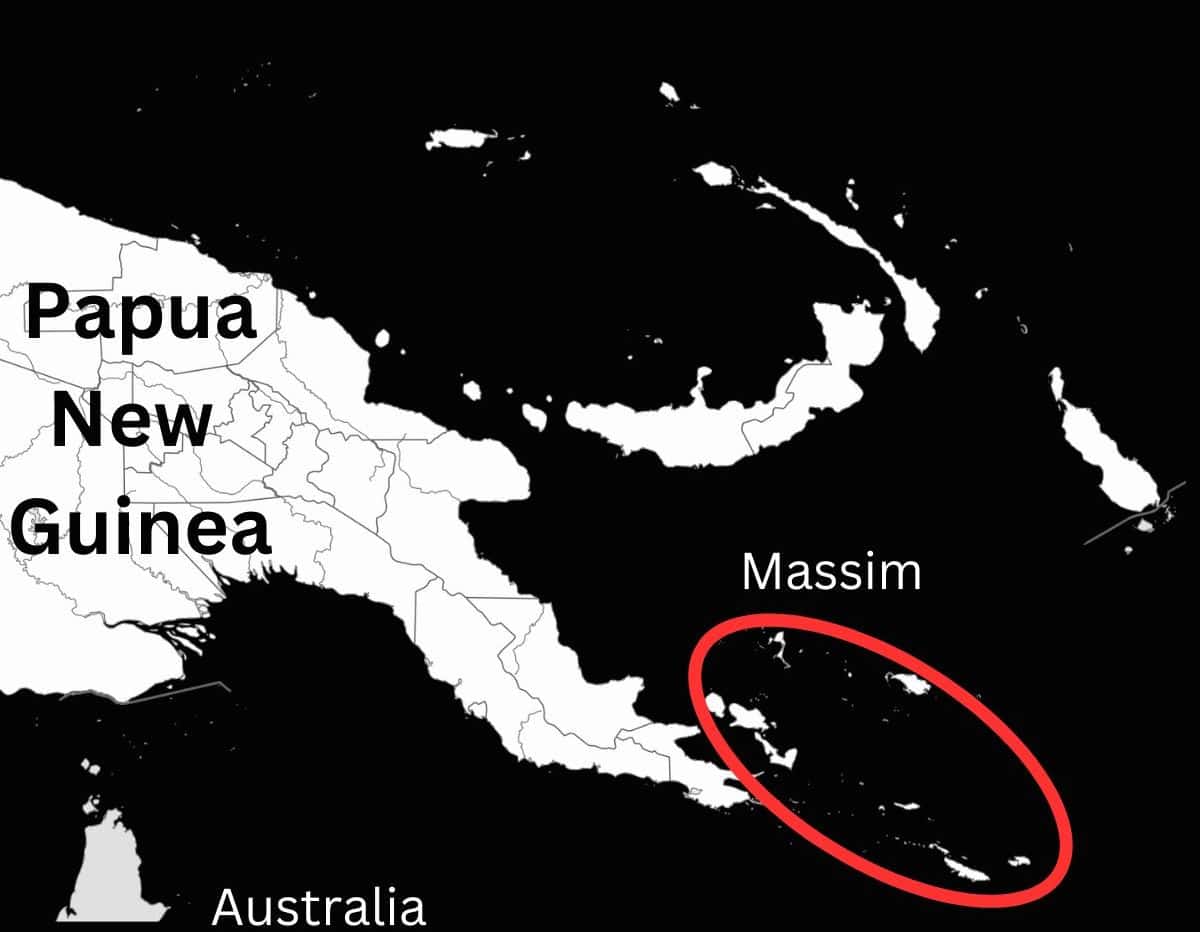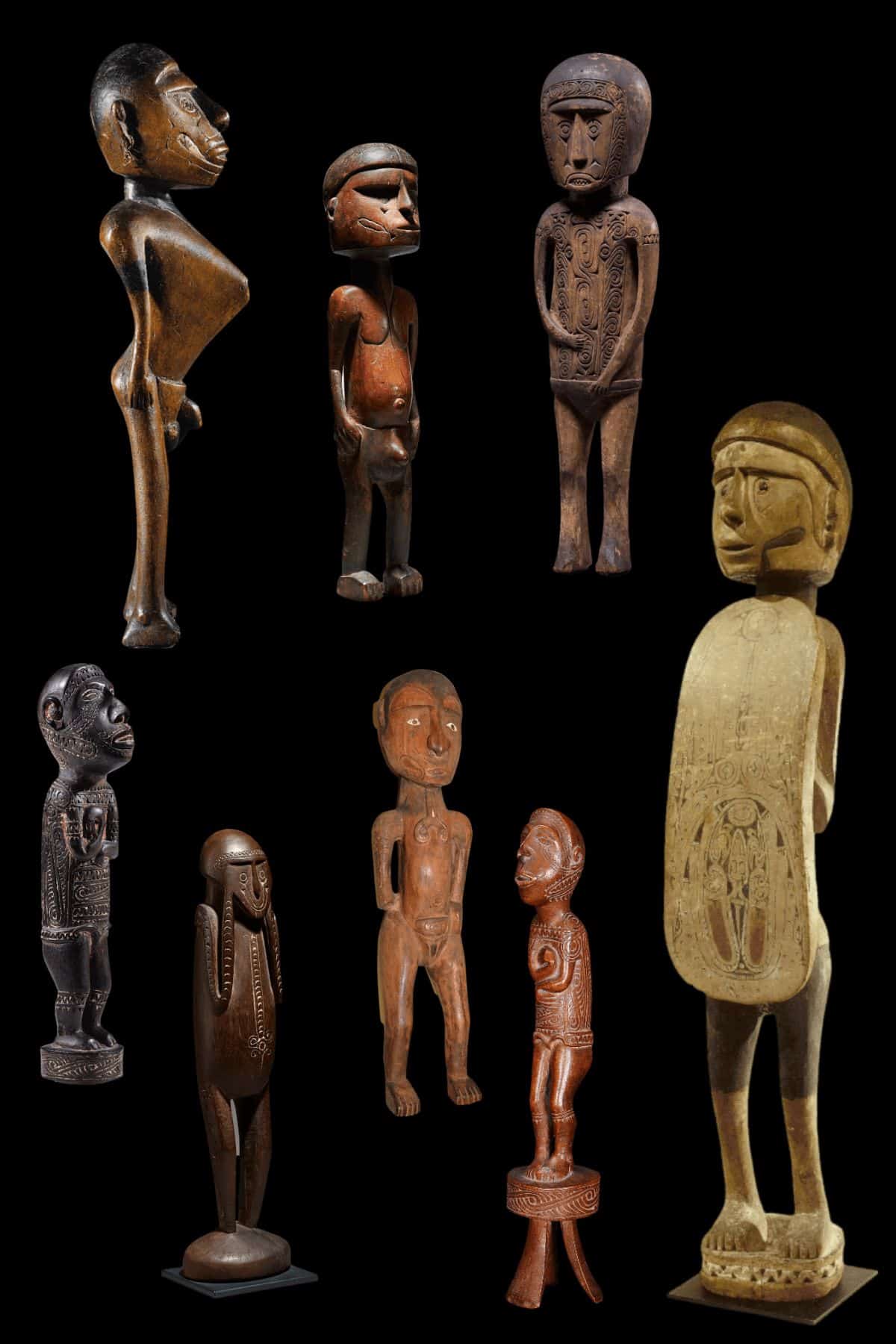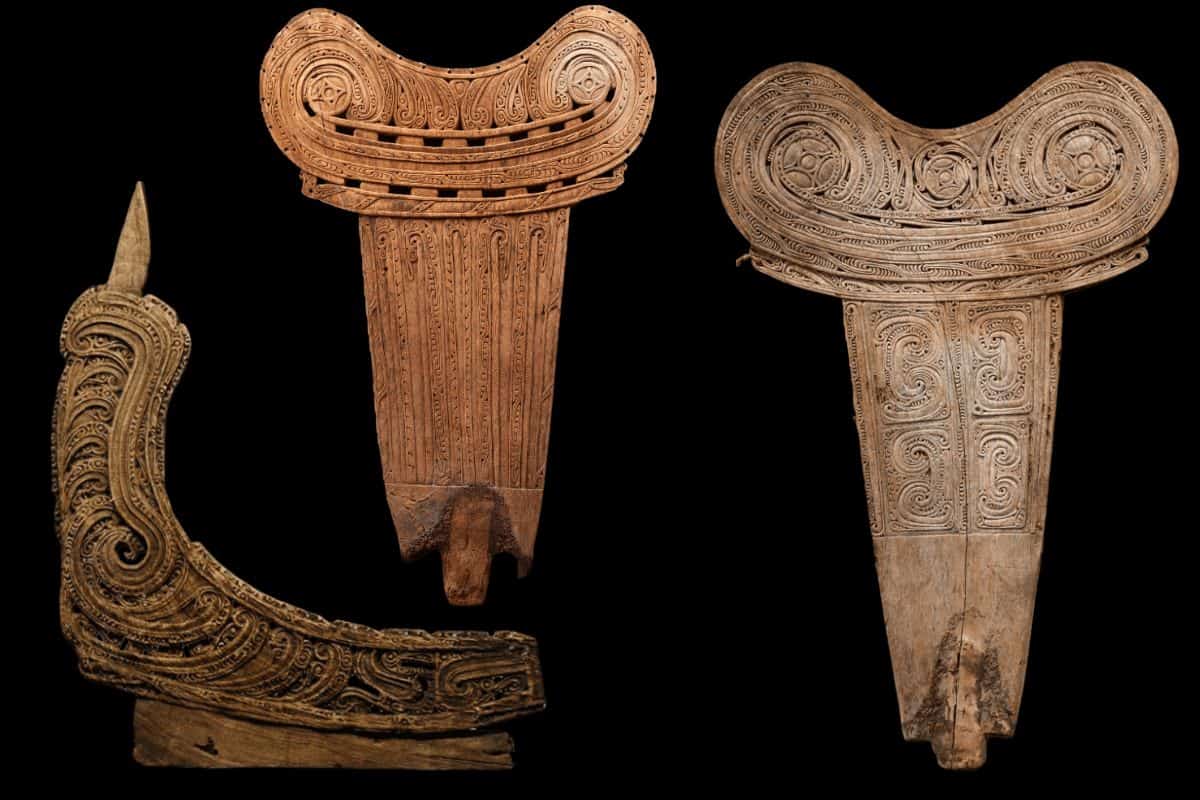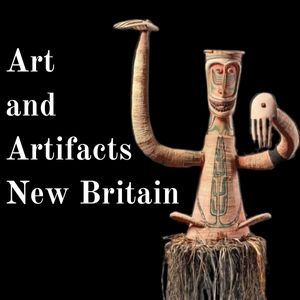Massim Art and Artifacts
Draft
Massim Art and Artifacts can be valuable and very collectable. The Massim produce by far the most magnificent and wonderful variety of Lime stick anywhere in the Pacific. These miniature works of art can be masterpieces in their own right.
Freestanding sculpture is rare in the Massim art region and masks are virtually nonexistent. Much like the Art of the Admiralty Islands the Massim are later Austroneasians and their art reflects this.
This article looks at the different types of New Caledonia art and Artifacts. It will give you an idea of what to look for when determining if your piece of traditional New Caledonia Art is a masterpiece or not.
I buy and sell New Caledonia Artifacts and the process is straightforward. Just send me a photo of your Vanuatu Art of Artifact and I will give you an idea of what I would be willing to buy it for.
In a single article, it is impossible to cover the subject of Kanak Art and Artifacts in great depth. This is just a taste of some of the wonderful objects that this region of the Pacific produces.



Background of Massim Art and Artifacts
Massim Art is from Milne Bay and the Islands off the East of Southern New Guinea. It can be roughly divided North and South with those in the North having a chiefdom system living in large villages and those in the south living in chiefless hamlets.
Although vast distances separate the Islands their was a lot of trade including Kula valuables that to a large degree homogenized the artistic styles to what is now called Massim.
Milne Bay was discovered in 1873 by John Moresby and Samurai Island became an important trading port. As soon as missionaries arrived they encouraged the local people to carve objects to sell. In areas like the Trobriand Islands art for sale was already flourishing by 1900.
Sailing canoes are an essential part of life for trade between the Islands and much of the art has symbology that refers to canoes. Much of the traditional beliefs associated with objects were lost with conversion to Christianity but magic through witchcraft and sorcery were major factors.
This region is probably best known for it’s lime sticks and with good reason. There are numerous different types of limestick and they are markers of status.
Massim Art and artifact Types
Massim Art and Artifacts Sculpture

Massim Spatula Terminals
Free standing Massim sculpture is extremely rare. The majority of sculpture is found on the end of Limesticks. Not all these limesticks were utalitaruan items and some were used as charms and for Magic.
The range in quality of massim limesticks is huge and so is their range in value. They are quite common so to be worth very much the terminals really have to be of an outstanding quality and work as a minature sculpture.
I think a lot of collectors overlook massim Limesticks due to their size and do not fully appreciate what wonderful objects they are.
Limesticks were not just for utility. Some were made as spiritual guardians in the Southern massim while others denoted your chiefly status.
Limestick terminals not to scale.
Massim Sculpture
Anthropomorphic sculpture made for indigenous use are extremely rare. The few that exist in museums are quite crudely carved but do have similarities to Sentani Figures.
They were often painted and made of lighter colour woods but not always. A tradition of hardwood carved figures in Southern Massim are related to sorcery and to founding ancestors.
Many of the sculptures made for indigenous use were charms for canoes and are in a seated position.
The belief system behind indigenous sculptures declined rapidly with Christianity. For many of the artworks collected very little information was collected at the same time.


Early Massim made for sale Sculpture
There were two main centres for early tourist art. The Iisland of Samurai was a port for sailing ships and sailors knew artifacts could be traded. Some of these early tourist art pieces made it into museum collections. In particular Mutuaga a well know carver identified by Harry Beran figures are collectable but so are other works of high quality.
The Trobriand Islands had a mission run cottage industry producing carvings by 1900. They did some figures but made a lot of stools bowls and pig sculptures. Stools and bowls and pieces obviously made for a tourist market do not hold much value but other early sculpture can.
Even if made for sale some of these sculptures are very collectable. They just have to be outstanding in some way.
Later Massim made for sale Sculpture
Although not as valuable by the 1920’s sculpture became less varied. The types of sculpture being produced became less tribal and more commercial. Quite a lot was produced so the pieces of sculpture from this later period is considerably less collectable.

Massim lime Spatulas
Flat bodied Massim Lime Spatulas
The majority of flat bodied Massim lime spatula’s are from the Trobriand islands.
These trobriand island lime spatula’s are not rare but particularly great examples are still collectable.
The Majority have a single squatting figure but examples of back to back figures are also not uncommon.
Good examples have a groove between the pair of arms and legs. Many of the best examples are quite small.
Most are 25cm -35 cm in length.


Chiefs Lime Spatulas
These kenayapu spatula’s can be upto 80cm long and were really more a status symbol than a practical limestick. Most examples are early and often have a snake motif along the shaft. They are not flat but have ridges along the side almost as deep as the spatula is wide.
Due to their simplicity they are often overlooked by collectors.
Most are from the Trobriand islands and Northern massim
Clapper Lime Spatulas
In Southern massim big men had a spatula with a slit down the middle that when tapped would make a clapping sound. It was part spatula and part musical instrument used in traditional songs.
Some spatulas look like clappers but lack the split and are called false clappers.
Many clapper spatulas have a stylized snake head or eyes on the top.


Canoe prow Lime Spatulas
Numerous Massim spatulas have similar designs as found on canoe prows. They do not represent canoe prows but have the same protective properties to the individual as a prow has to the Canoe.
Canoe prow spatulas may have also played a part in traditional beliefs regarding being able to control the weather.
All images in this article are for educational purposes only.
This site may contain copyrighted material the use of which was not specified by the copyright owner.
Lime Gourds

Massim lime Gourds
Lime gourds are still produced today for sale. Old examples though have much better made stoppers and the pig tusk adornments are shaped. The pig tusks were often drilled for the attachment of Bagi shell money attachments.
Lime gourds from Rossel island have designs on the side of the tusk and tend to be smaller. Only the northern massim decorated the gourd itself with designs.
Massim Kundu Drums


Trobriand island Shields
Massim shields from the trobriand islands are highly sort after.
Massim Clubs
Some Massim clubs were used for warfare but the vast majority were used for ceremonial dancing. There are more massim clubs on the market than there is collectors so they tend to be relatively inexpensive.
Rare types like those from Milne Bay and those that are stone carved however are still very collectable.

Munkuris Canoe identifiers
These clan specific markers were used on woodlark style kula canoes. They serve a dual function. One is the magical protection of the canoe helping it avoid inclement weather. The second is to identify whose canoe it is and where it is from.
Range in size fro 35cm – 60 cm


Woodlark Canoe prows and Wave Splitter
Canoe prows are not really prows but an integral part of the canoe. Most have clear morning star motifs on the front and grooves in the back to hold the planks in place.
Good old used ones are likely to be weathered and have remnant gum from being chaulked.
These are also carved for sale but made for sale examples often lack the gum.
80cm -110 cm high
Trobriand Canoe prows and Wave Splitter
Trobriand island Canoe prows were also an integral part of the front and back of a sailing canoe. Most have a figure or a couple in the top centre. Each clan has it’s own design and they were painted red white and black.
Good examples should be weathered and show signs of exposure to the elements.
These are also made for sale but in general only old used examples have any real value.
25cm -75 cm high

Massim Canoe Bailers
Wooden massim Canoe bailers are quite rare. Many Canoe sailors just used large bailer shells instead.
Most were collected quite early because they were rapidly replaced after WWII by readily available european containers.
Length 40cm – 60 cm


Massim Dance paddles
Dance paddles were used for a traditional dance in the Trobriand Islands.
They are intricately carved and although some were made for sale used paddles should have a patina on the central handle.
Sizes range from
55cm -75cm
Kula












